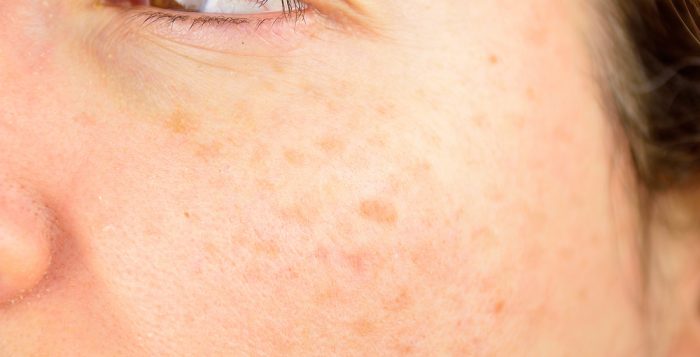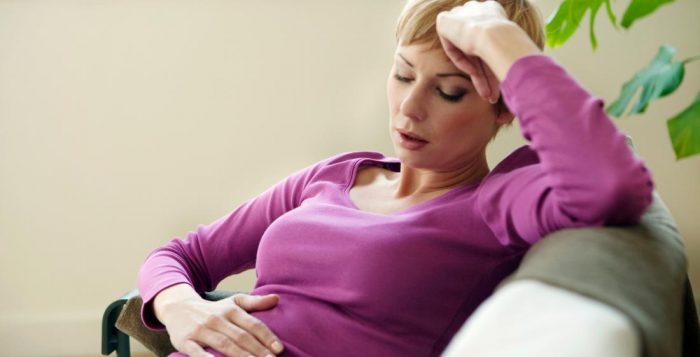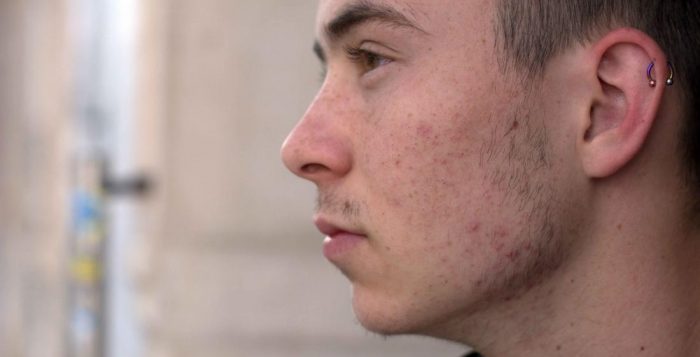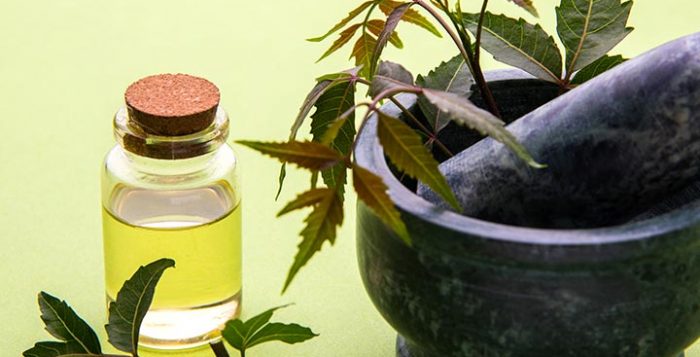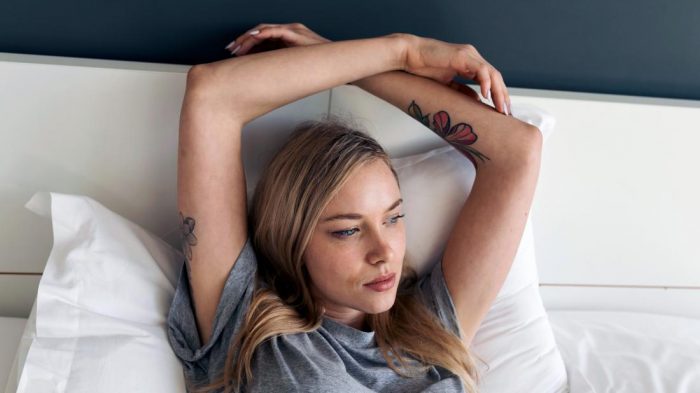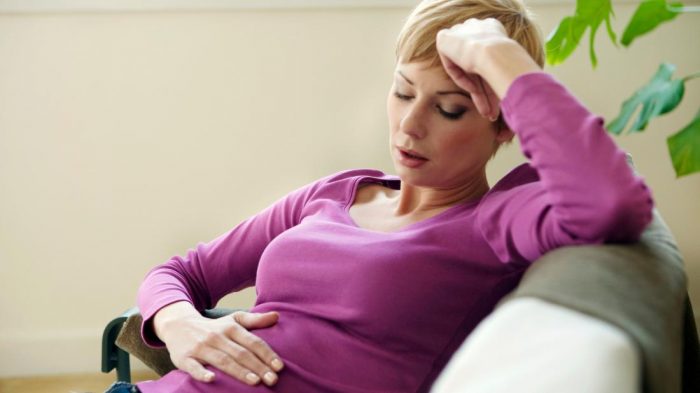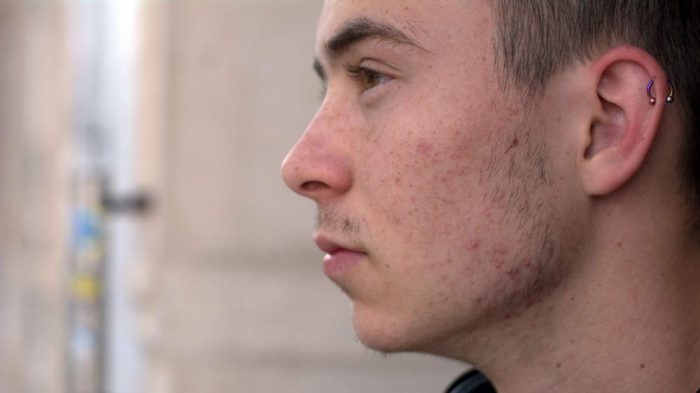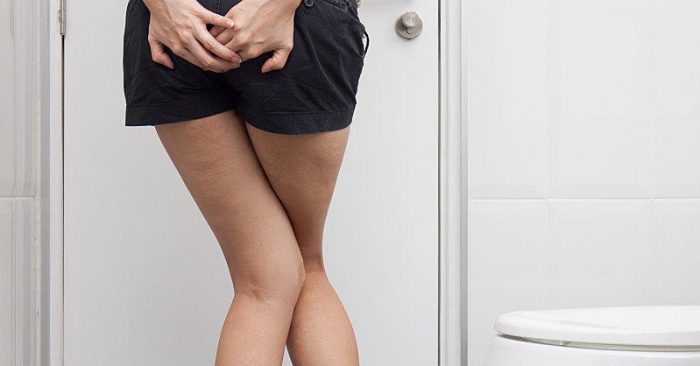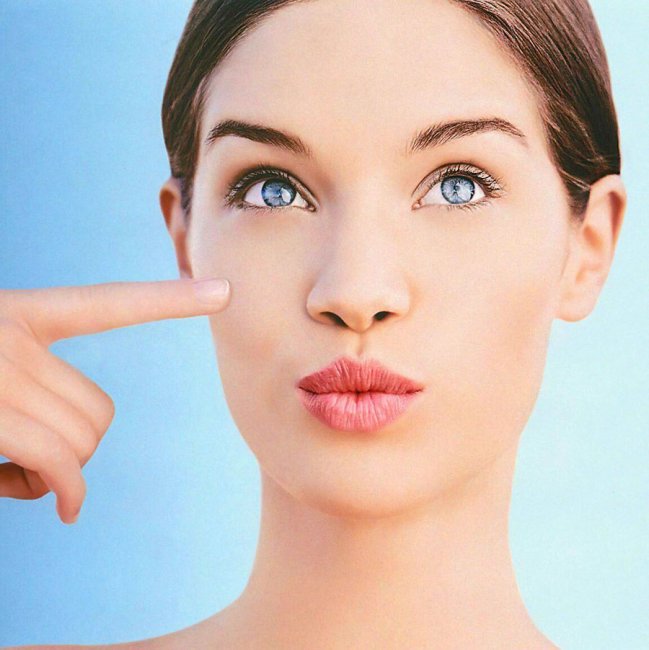As we pass the 1-year mark of the COVID-19 pandemic, scientists are still discovering the specific characteristics of this new disease.
Perhaps the most obvious physical impact of COVID-19 is on the lungs, but doctors and researchers have also found links between COVID-19 and various other organs and systems, including the heart, brain, and kidneys.
SARS-CoV-2 infection also appears to affect the largest organ of the body — the skin.
In a recent study, which appears in the British Journal of Dermatology, a group of researchers teamed up with the British Association of Dermatologists to develop a better understanding of the skin manifestations associated with COVID-19.
COVID-19 and the skin
The first mention of a link between COVID-19 and skin changes came from China in the early phase of the outbreak.
Initially, it seemed that skin changes were relatively uncommon. In one analysis from February 2020, for instance, researchers reported rashes in fewer than 0.2% of 1,099 people with laboratory-confirmed COVID-19 across 552 hospitals.
Shortly after, in March, a study identified “cutaneous manifestations” in 18 out of 88 patients, or 20.4%, who were receiving treatment for COVID-19 at one hospital in Italy.
Since then, a number of other studies have identified skin changes associated with COVID-19. However, some of these reports only included limited numbers of participants. To date, scientists have not identified the full extent and variety of skin changes related to SARS-CoV-2 infection.
The most recent study investigates the issue in a large sample of participants.
A fresh look
The authors of the recent study took data from the COVID Symptom Study app. This collects a wealth of data, including information about participants’ age, sex, ethnicity, weight, height, general health, and use of medications, as well as whether the person is a healthcare worker.
Since May 2020, the app has prompted users to report any SARS-CoV-2 testing and results. A person can also report any symptoms.
In all, the researchers had access to data from 336,847 app users, 17,407 of whom had undergone a SARS-CoV-2 test, either positive or negative. The scientists also included data from 54,652 people who had registered at least one symptom of COVID-19 but had not taken a test. The authors refer to this group as “symptomatic untested users.”
Additionally, the researchers sent out a survey, which was advertised on social media. This was not targeted at users of the app. It asked for information about when a rash appeared, how long it lasted, and what other symptoms were present.
From this survey, the researchers extracted usable data from 11,544 people. Of this group, 2,328 had provided a photo of their rash and gave permission to share it. The team selected a subset of these photos, which they whittled down to 260 images.
The images were “blindly assessed and independently categorized by four experienced dermatologists.” Among the 260 photographs, 52 were discarded by at least one dermatologist, and 208 images were analyzed.
Rashes linked with SARS-CoV-2 infection
Of the 2,021 app users who tested positive for SARS-CoV-2, 8.8% reported skin-related changes, 6.8% reported body rashes, and 3.1% reported rashes on the hands or feet, which are called acral rashes.
The authors note that only 1.1% of this group experienced both body and acral rashes, suggesting that the two occur for different reasons, the researchers believe.
The body rashes, they theorize, might be caused by “immunological reactions to the virus,” whereas acral rashes could result from blood clots or damaged blood vessel walls.
In the group of untested symptomatic users who reported at least one of the main symptoms of COVID-19, the results were similar, with 8.2% reporting skin changes.
From the independent survey of 11,544 participants, the researchers analyzed the timing of skin changes.
According to the analysis of survey respondents who had tested positive for SARS-CoV-2 and experienced skin changes, 47% of these changes appeared at the same time as other COVID-19 symptoms. For 35% of the respondents, skin changes developed after other symptoms had started.
For 17% of the participants in this group, a rash appeared before other symptoms. And, interestingly, in 21% of participants, a rash was the only symptom.
Rash types
Using the photos of the participants’ rashes, the scientists identified the most common types, which were:
- papular rashes (41.2%) — small, raised bumps
- urticaria (30%) — red, itchy welts
- acral rashes (23.1%) — lesions on the hands or feet
Acral lesions and papular rashes lasted for an average of 13 or 14 days, respectively, and urticaria for just 5 days.
The scientists have added the images to an online database.
Limitations
It is crucial to note that the participants in this study were predominantly white Europeans. As the researchers acknowledge, “We could not assess whether ethnicity affected the prevalence of cutaneous symptoms, as the number of non‐European users with skin symptoms was too low.”
Also, the authors explain that their study sample contained “larger proportions of female and younger individuals, compared with those observed in hospital settings.”
Another limitation is that the study relied on self-reported data. Countering this concern, the authors point out that “The presence of a rash, especially if symptomatic, is less subjective and more specific than other symptoms, such as fatigue or headaches.”
The team also recognizes that some skin reactions could have been caused by medications taken to treat COVID-19 or other conditions. However, the authors believe that “Drugs are unlikely to have been a major alternate cause of rashes.”
“Cutaneous manifestations of COVID-19 are sometimes the first or even the only sign of SARS-CoV-2 infection,” explains senior author Dr. Mario Falchi, of King’s College London, in the United Kingdom. He continues:
“Recognition of such early signs and symptoms of COVID-19 may enable identification of cases missed when relying only on the core symptoms, allowing preventive measures to be put in place to minimize further spreading of the infection.”


